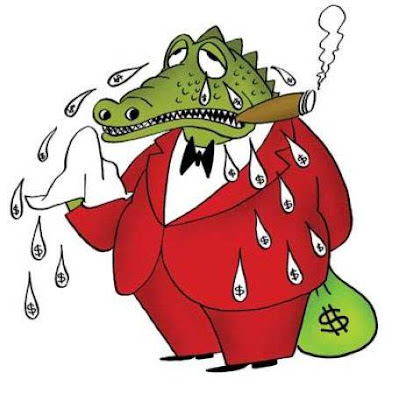Dox: to publicly identify or publish private information about (someone) especially as a form of punishment or revenge.
Frederick Law Olmsted (1822-1903) is famous for designing Central Park in New York City and is justly renowned as the founder of American landscape architecture. A National Park Service memorial site is maintained in his honor in Brookline, Massachusetts.
Many of his admirers, however, are unaware of Olmsted's published works on the antebellum South. In particular, Olmstead wrote A Journey Through Texas about his horseback tour through the Lone Star State in 1853 and 1854. Many scholars consider it the most definitive contemporary account of life in Texas before the Civil War.
Contemporary readers of Journey Through Texas might be offended by Olmsted's racial prejudices, which are expressed repeatedly throughout the book. Although he became a vocal opponent of slavery, the n-word appears repeatedly in his volume on Texas, and he was mighty hard on Native Americans and Mexicans.
This passage from his Texas travelogue summarizes Olmsted's feelings about indigenous people: "If my wife were in a frontier settlement," Olmsted confessed, "I can conceive how I should hunt an Indian and shoot him down with all the eagerness and ten times the malice with which I should follow the panther."
Olmsted had a few brief encounters with the Lipan Apache while he was in Texas and formed the view that Native Americans are"chaotic, malicious idiots and lunatics."
Olmsted visited some Mexican border communities during his horseback ride through Texas, and his impressions of Mexican culture (and Mexican Catholicism) were no less unkind.
The impression had been of a fixed stagnancy, amounting to a slow national decay; the cause, a religious enslavement of the mind, preventing education, communication, and growth, giving rise to bigotry, hypocrisy, political and social tyranny, bad faith, priestly spoliation, and, worst of all, utter degradation of labor.
Olmsted's modern-day admirers may find Olmstead's racial prejudices shocking. Should his statues be torn down? Should the National Park Service's national historic site be closed? Should his books be burned, Central Park bulldozed? In short, should Olmsted be doxed?
I don't think so, and I doubt anyone else does either. For some strange reason, American progressives are highly selective in doxing historical figures, focusing on Southern white men and leaving northern bigots alone.
Christopher Columbus Langdell, Dean of Harvard Law School in the late nineteenth century, refused to admit any student to the law school who graduated from a Catholic college (as documented in On the Battlefield of Merit, a history of Harvard Law School). Yet Harvard has not taken Langdell's name off the law library.
Margaret Sanger, the founder of the birth control movement in the United States, was a eugenicist and a racist, but she is remembered only as a champion of women's rights.
Frederick Law Olmsted's statues are safe. He was a racist and a bigot, but contemporary progressives will never scrub his name from the history books.
I'm okay with that. I only wish our public intellectuals would apply this balanced understanding of selected historical figures to everyone who muddled along in benighted bigotry in the nineteenth century.
 |
| Should Olmsted's statues be torn down? |







